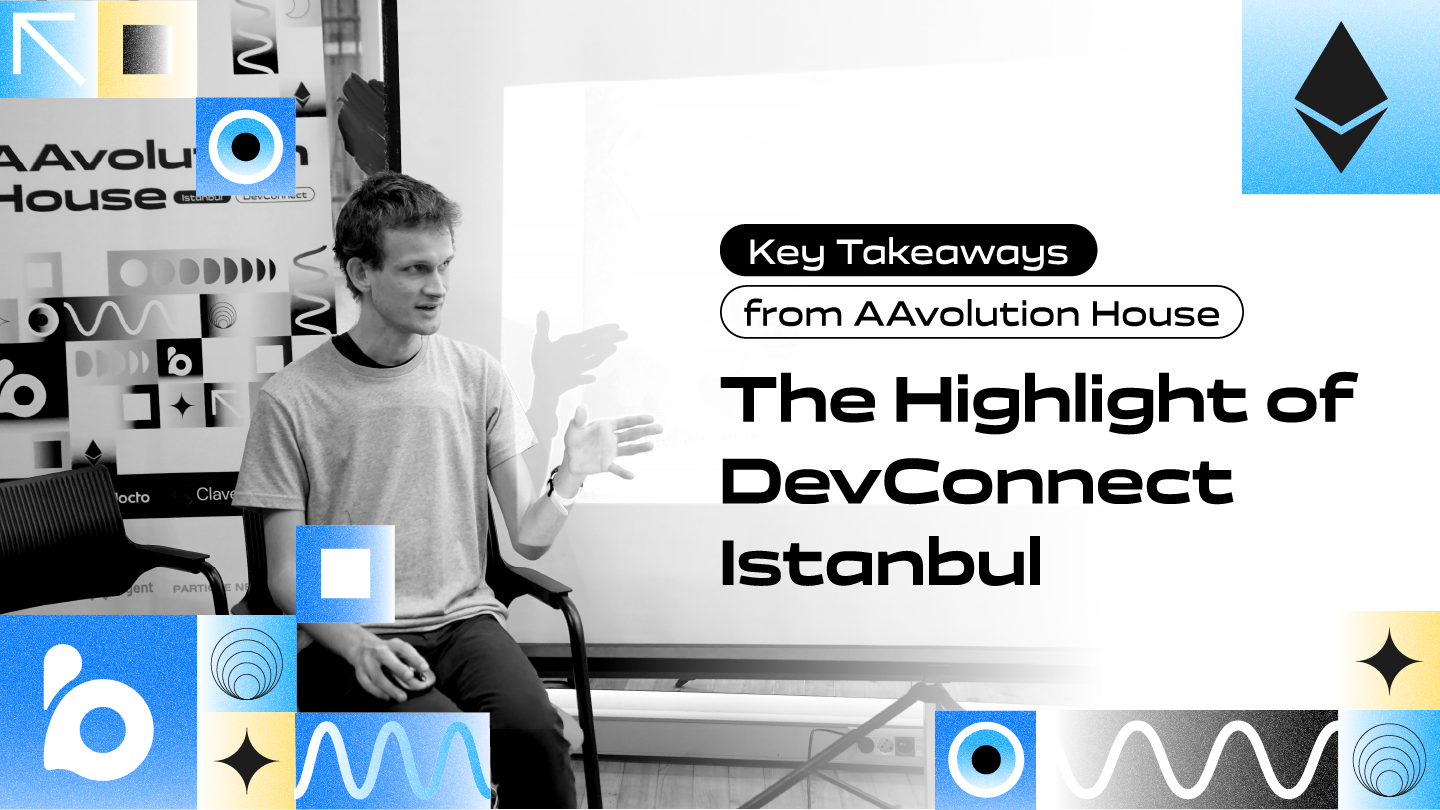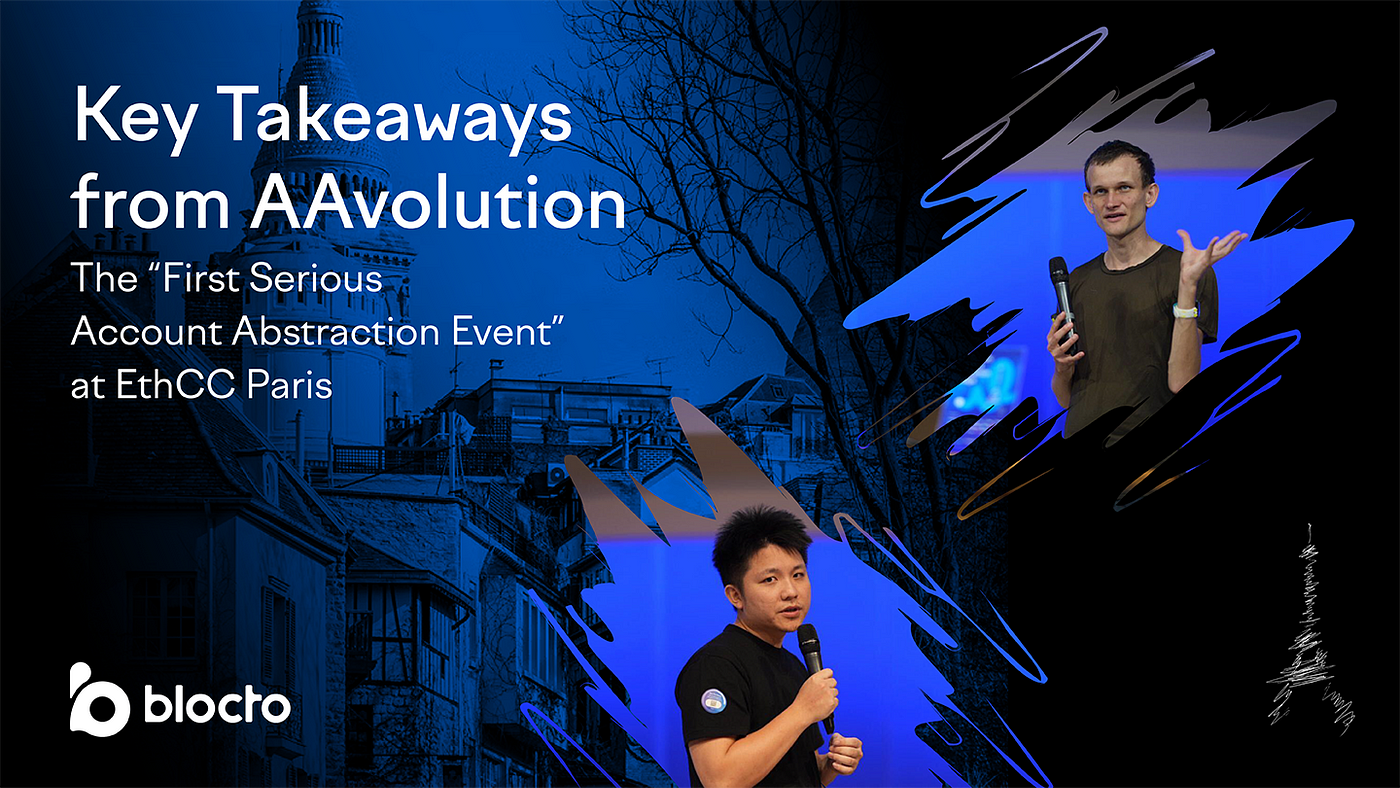
Polygon and Ethereum are more related than they are different. If you think about it, Polygon is Ethereum’s offspring, and it’s known as a layer 2 scaling solution (but it’s not the only one).
The million-dollar question is whether Polygon retains Ethereum’s exceptional security, decentralization, or smart contract functionalities. Well, Polygon design compromised on security, the extent by which some Ethereum-based apps run on it, and other limitations bog it down.
Why was Polygon created? Ethereum and other blockchain developers face a challenge known as the “blockchain trilemma,” which affects their scaling.
Can you imagine paying upwards of $40 for a simple transaction? Sometimes this is the case when Ethereum undergoes congestion. In the real world, this is not practical! Polygon was designed to fix that limitation on the Ethereum blockchain. Besides, this problem increases congestion on Ethereum, thus increasing the transaction fee known as gas fees.
Polygon maintains the Ethereum blockchain architecture (it relies on the underlying blockchain) but with faster speed and lower transaction fees. The layer 2 scaling solution implements an improved proof of stake validation protocol that reduces energy consumption by 99%.
Proof of stake is a method of validating transactions on some blockchains; other methods include proof of work (Bitcoin and formerly Ethereum), proof of history (Solana), or a hybrid of any of these methods.
While Ethereum migrated to the proof of stake validation protocol during the Merge, Polygon outperforms it.
What is Polygon?
Polygon (formerly Matic Network) is a side chain of the Ethereum network. A sidechain is an independent blockchain that stems from a main blockchain (Mainnet) and is connected through a two-way peg. Polygon creators dub it “the Ethereum Internet of blockchains” It uses layer 2 scaling solutions such as Rollups, Optimistic, Plasma, and Zkrollups to increase transaction throughput and reduce gas fees.
Polygon’s combined use of advanced cryptographic proofs and bundling transactions allows the chain to handle 65,000 transactions per second (TPS). Ethereum pales in comparison at a mere 17 TPS.
Polygon supports Ethereum projects and runs on the proof of stake when users stake MATIC to validate transactions. MATIC is an ERC-20 token based on the Ethereum standard for fungible tokens.
Most people would want to know what Ethereum features does Polygon possess?
Besides deploying Ethereum-based projects, Polygon allows seamless connection between Ethereum and other blockchains, especially those that support Smart contracts.
Features of Polygon
- Ethereum Compatibility
Polygon-built applications are compatible with Ethereum through tools, standards, and programming languages,
- Highly Scalable
Polygon is designed with a scalable consensus algorithm, dedicated blockchains, and a special Wasm execution environment.
- Interoperability
Polygon is designed with bridging SDKs that easily connect with Ethereum and other blockchains.
- Modular design
Polygon is designed with easy upgrading, customization, and community collaboration.
Polygon Limitations
For one, being a side chain means that Polygon is semi-autonomous. In that case, its existence is pegged on Ethereum. If Ethereum wound up, Polygon would lose its value.
Secondly, Matic uses are limited. It is designed as a token whose main purpose is to govern the Polygon secondary blockchain.While Polygon is expected to offer several scaling solutions, plasma is the only fully developed solution. Others, such as zK rollups and optimistic rollups, are in the development stages.
Other Layer 2 solutions directly compete with Polygon, such as Solano, polka dots, Cosmos, etc. And some of them are Ethereum-compatible. In the future, some of these layer 2 solutions might take Polygon’s market share.
What is Ethereum?
Ethereum is a blockchain that’s credited with pioneering smart contracts. When Nick Szabo defined blockchain and cryptocurrencies in 1994, he imagined a kind of software that would run on smart contracts. Satoshi Nakamoto, the designer of Bitcoin, ran on Nick Szabo’s idea; however, he never implemented smart contracts.
It was in 2013 that Vitalik Buterin designed a better version of Bitcoin with the implementation of smart contracts. However, Ethereum had limitations on scalability and high gas fees(transaction fees) due to the validation method that caused congestion on its network.
Features of Ethereum
The Ethereum native coin is known as ether. You pay for transactions on the Ethereum network using ether (ETH). Smart contracts are Ethereum’s signature tech. Smart contracts allow the running of applications autonomously which is the blueprint for applications such as Decentralized Finance(DeFi and dAPPs)
Ethereum has the Ethereum Virtual Machine (EVM) that facilitates the deployment of smart contracts — and thus DeFi, NFTs, dApps, etc.
The EVM is the underlying architecture that deploys smart contracts. Another cool feature of Ethereum blockchain is creating (Decentralized autonomous organization) DAOs such as MarkerDao. DAOs are excellent for decentralized decision-making.
Ethereum Limitations
Ethereum migrating to proof of stake during the merge means they tackled the scaling problem but still have high transaction costs.
With the launch of Ethereum 2.0, the developers wish to improve scalability and congestion.
Polygon Vs. Ethereum

NFTs
Undoubtedly, NFTs launched and found their home on the Ethereum blockchain. However, OpenSea (the main NFT marketplace on Ethereum) recently added Polygon NFTs because of the reduced transaction cost. Still, in their infancy, Polygon NFTs must gain widespread prominence as Ethereum NFTs such as Cryptopunks. It may take longer before more credible NFTs are listed on Polygon OpenSeas.
DeFi
Decentralized Finance (DeFi) gained prominence by introducing Smart Contracts through the Ethereum blockchain. As expected, Polygon supports DeFi products. DeFi products are excellent for harvesting yield. On Ethereum, the high deposit fees will eat up your yields, especially if you manage less than a $1 million portfolio.
Again, the issue is compounded if the liquidity is too low.
Conversely, Polygon will offer similar yields but with lower transaction fees.
GameFi
Polygon has become a Gaming favorite because of the favorable sub-1-cent cost per transaction. Popular GameFi such as CryptoUnicorns and CrytoRaiders have migrated to Polygon.
Soon, Polygon might dominate the GameFi sector. And gamers enjoy every second of it over Ethereum, inhibiting gas fees.
dApps
dApps development on either blockchain — Ethereum or Polygon — boils down to the cost implication. That said, the number of dAPPs on each platform gives the clear winner by a landslide; 2970 on Ethereum against 53,000 on Polygon.
Final Thoughts
So far, Polygon’s faster transaction and lower gas fees make it more attractive than Ethereum. However, Ethereum dominates the smart contract-inspired apps because it’s the pioneer. The question you need to ask yourself is which blockchain is better to deploy your application, such as NFTs, GameFi, dAPPs, and more.

